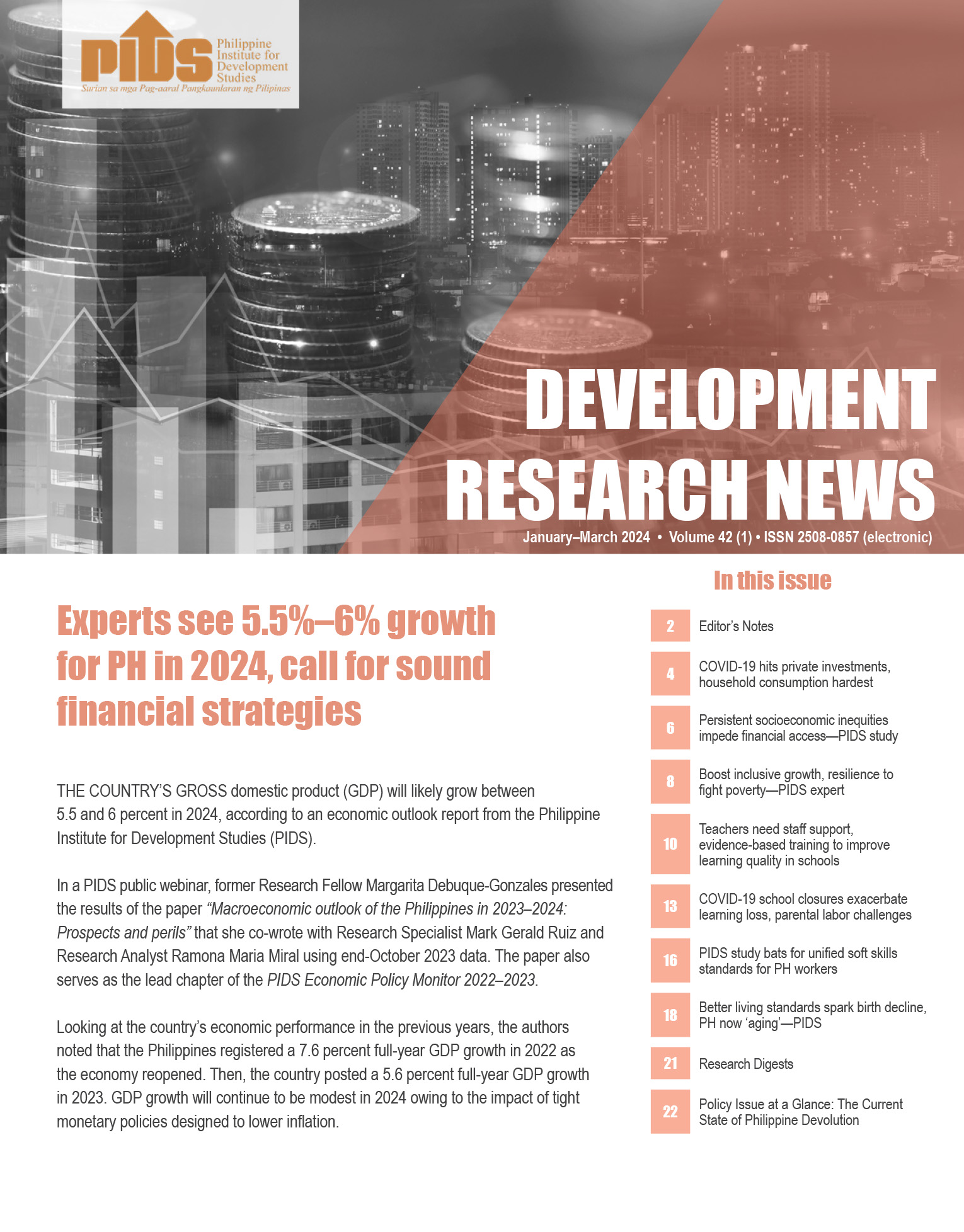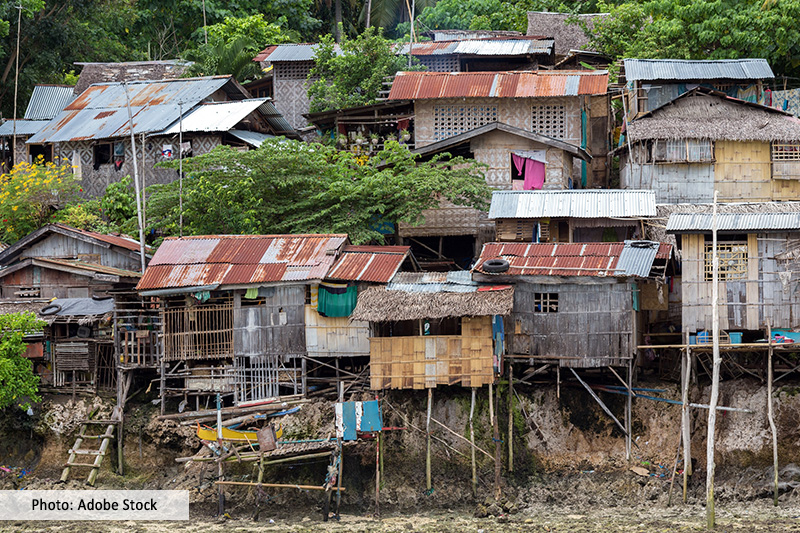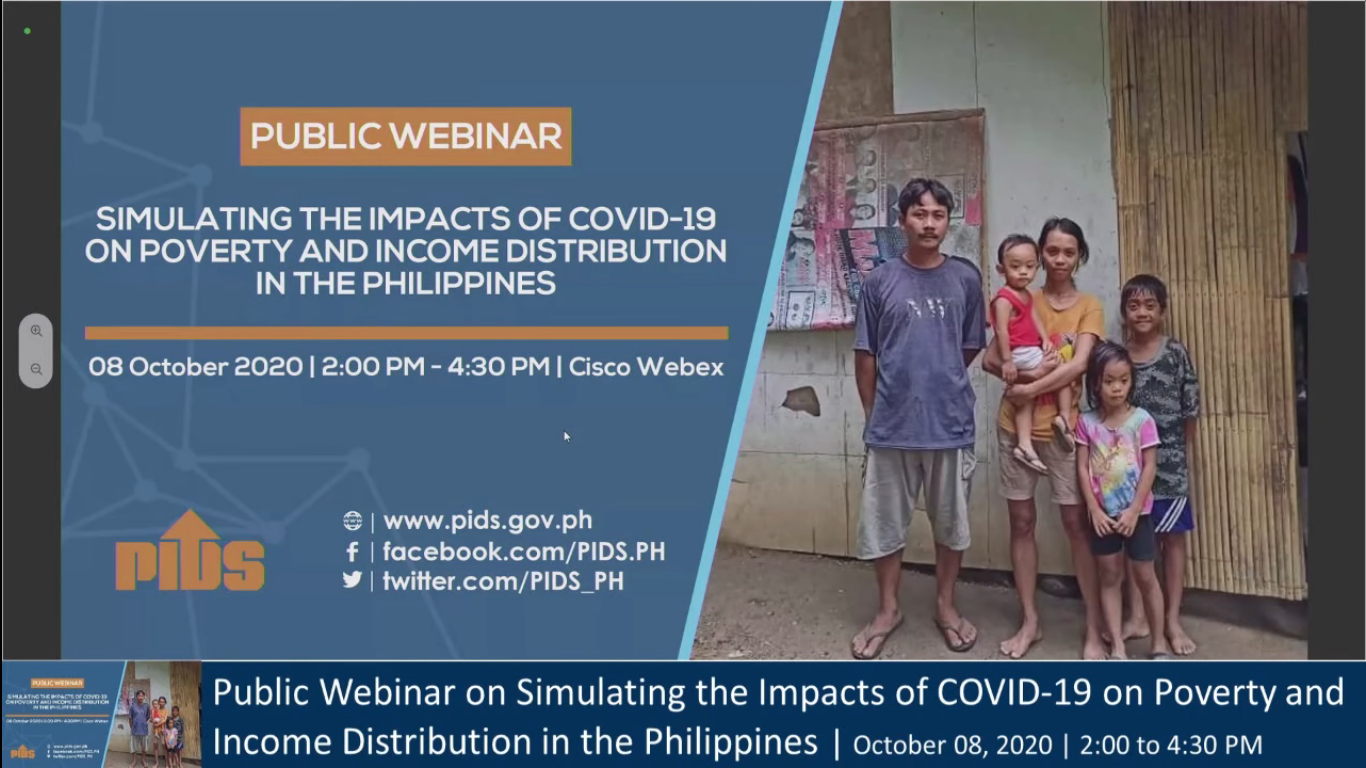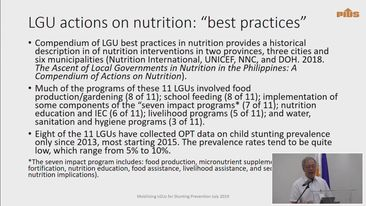Expect Malacañang to dismiss the findings of the state think tank, Philippine Institute for Development Studies. That is, one in every three Filipino children lives in abject poverty. It’s easy to second-guess the Palace spokesmen’s alibi: that the PIDS figures are old, and so discount the admin’s dazzling economic gains. That’s what they always say.
True, the study by PIDS senior fellow Dr. Celia Reyes culls mainly from a national survey in 2009, the last with a large respondents’ pool. But her observations match that of regional data in 2011.
The child poverty rate can only be worsening. For, there is no sign of abatement. In fact it tallies with the recent report of the National Economic and Development Authority – suppressed by Malacañang – that overall poverty has stayed for the past 30 years, at 26-27 percent.
Some of the PIDS findings:
- 13.4 million children lived penurious in 2009. They were 36 percent, over one-third, of children aged below 18 then. Being poor, they suffered deprivations of food, shelter, health, and education.
- Four million had no home toilet; the same number had no access to safe water. Another 260,000 kids did not have decent shelter.
- 1.4 million children lived in slums, 6.5 million did not have home electricity, and 3.4 million had no means of information.
- National surveys and administrative records show a worsening. Ten million children face at least two severe overlapping deprivations of basic amenities, while 750,000 simultaneously face five.
- Education-wise, poor children had high dropout rates, and survivors showed low achievement levels. In the last decade the graduation rate from elementary or high school hardly improved.
- In 2011, 5.5 million children were forced to work to augment family incomes. They had to skip school, so weakened their chances for gainful work.
- Child poverty was worse in rural areas, where three in four poor children live. Four in five are so destitute they have no safe water and sanitary toilets.
- Zamboanga Peninsula, Eastern Visayas, and the Autonomous Region for Muslim Mindanao were deemed worst, so need priority.
The study rued that child poverty will swell with the population, non-inclusive economics, and natural calamities.
Stiff opposition has met the Reproductive Health Law. Economic growth has benefited only the rich, and has not trickled down to the poor and the rural areas. The government’s conditional cash transfer, slated for 15 years for full effect, barely has begun with 2.3 million needy families. Government has been slow to rebuild communities ravaged by typhoon, tsunami, landslide, flood, and volcanic eruption – not to forget man-made displacements like Moro rebellion in Zamboanga City, and clan wars.
So expect to see more street children, garbage scavengers, young pregnancies, juvenile delinquents, and slum dogs.
The full study may be downloaded from: http://dirp4.pids.gov.ph/webportal/CDN/PUBLICATIONS/pidsdps1433.pdf//












